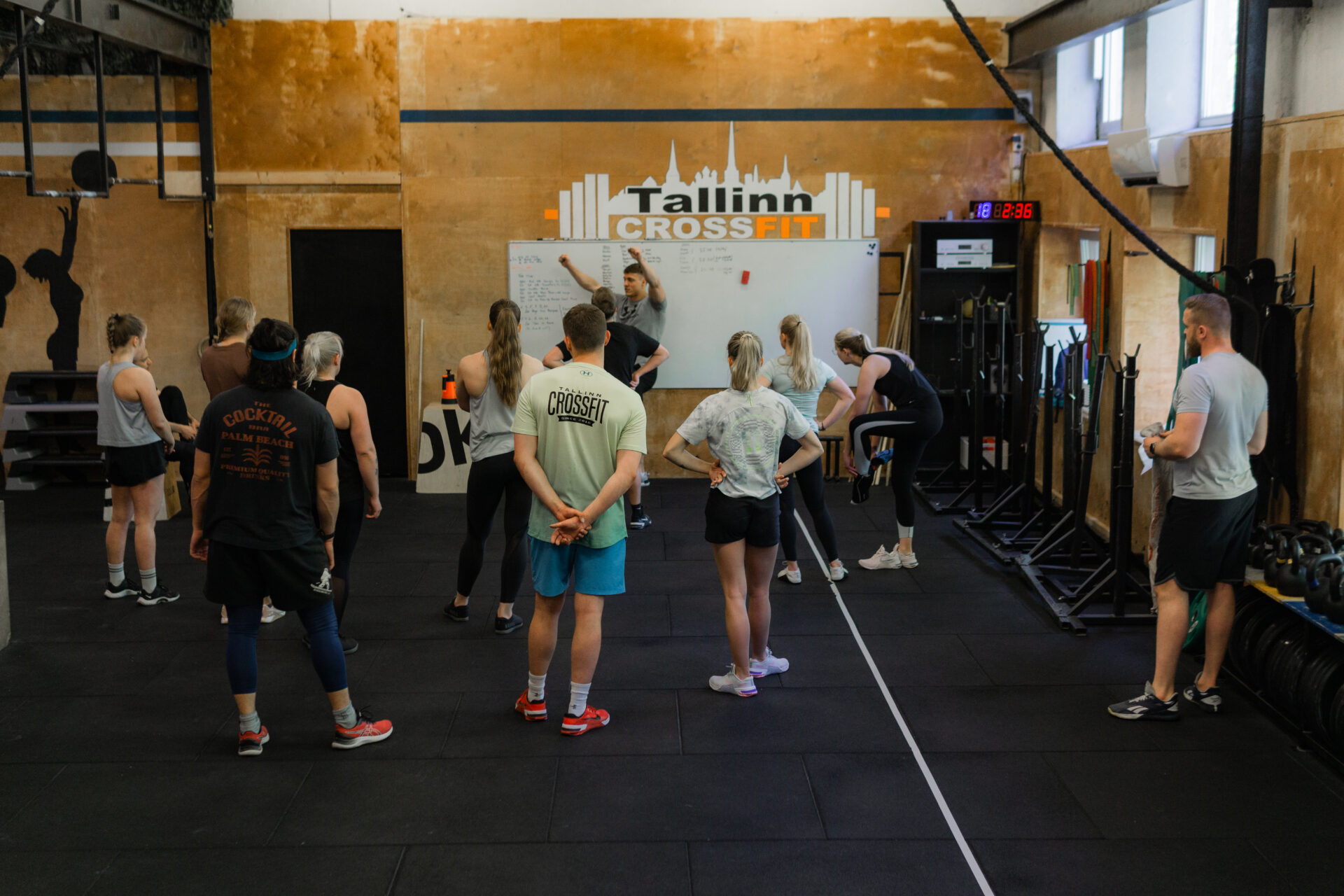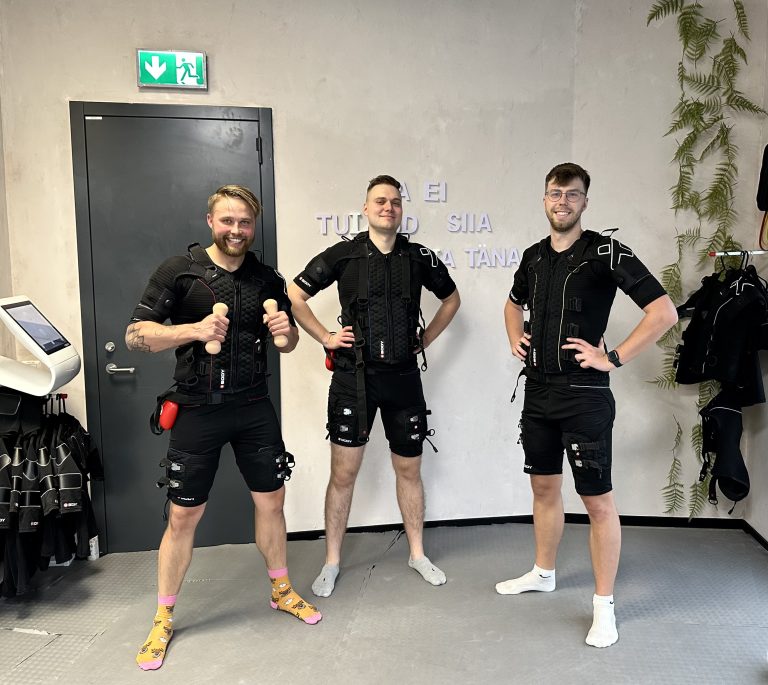Have you ever climbed a rope, run with weights, wiggled on a balance beam and finished with lifting weights and a tug of war in one workout? You’ve probably experienced all of these elements in your life, but if you’ve never been exposed to CrossFit before, it’s hard to find a combination like this anywhere else.
What is the phenomenon of a sport that started to take off in the early 2000s and is now gaining momentum, and is a sport that looks like a blast to the casual observer really as dangerous as it seems? To find out founder of Tallinn CrossFit, coach and sports enthusiast Priit Meier shares his insights. Tallinn CrossFit daily enthusiast Kristiina Tamm will also add her vision.
Find Tallinn CrossFit trials, courses and passes on Stebby. HERE.
CrossFit is exhilaration and exercise in one
The word CrossFit essentially refers to different ways of getting into shape. In the big picture, that’s because CrossFit combines the endurance, acrobatics and strength needed in the sport. And, of course, a strong mindset, because no matter how advanced you are, CrossFit pushes you to push yourself and push your limits with every workout.
According to Priit Meier, the advantage of CrossFit is the opportunity to learn, train and develop without ever getting bored. “There are a wide variety of movements and skills used in the CrossFit training methodology, from bodyweight and free weight to gymnastics and lifting.”
CrossFit, he says, is in a similar place in the fitness world as MMA martial arts, in that you don’t limit yourself to any one particular type or area of training, but you can do just about anything. “In our terms, it’s training with bodyweight, with machines, endurance and explosion, classic lifting and powerlifting, gymnastics elements and mobility. We row, run, jump, push, pull, push, push, pull and each according to our own current strength and ability,” says Meier, describing all the possibilities CrossFit offers.
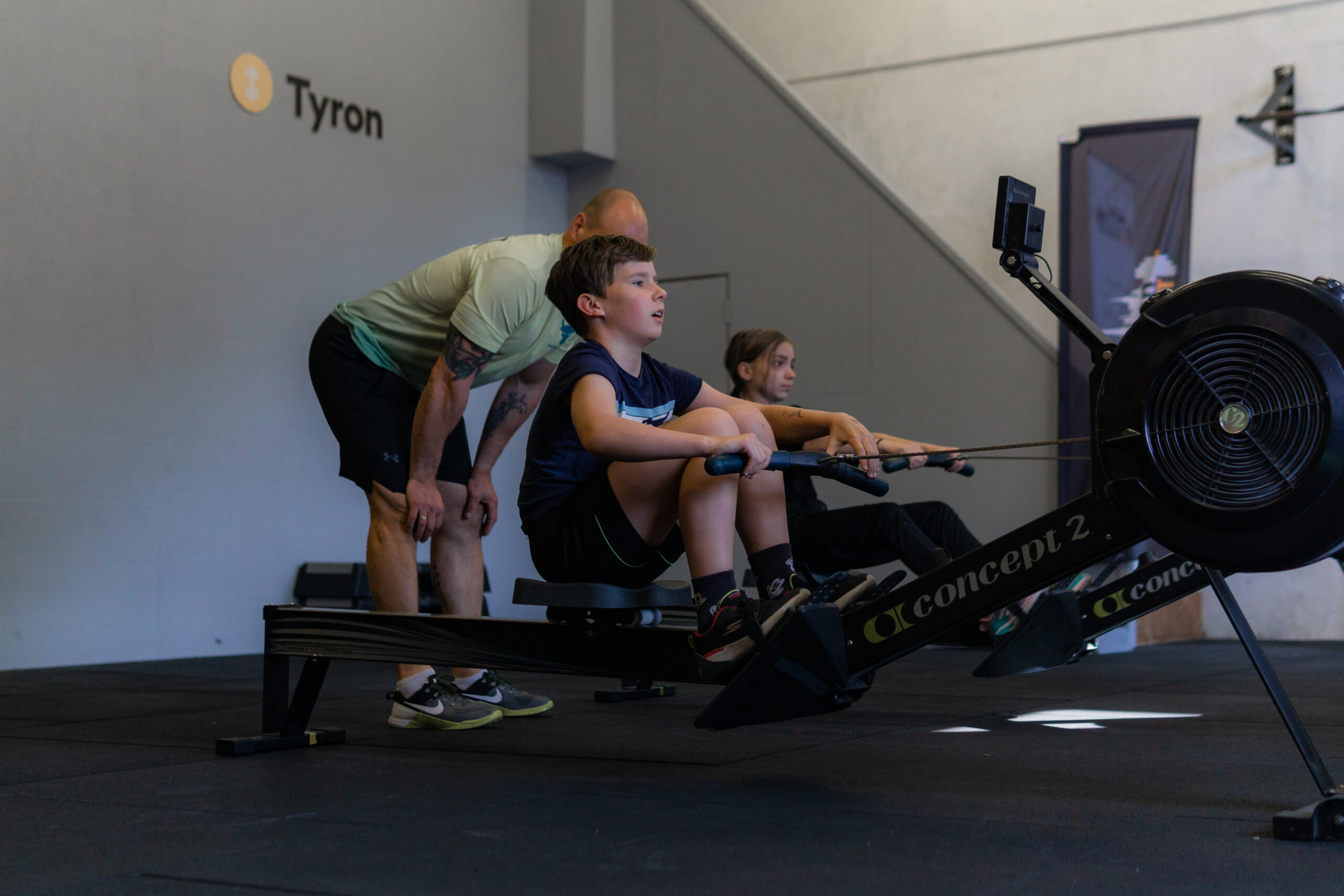
He adds that all this is usually done in a group training session, with encouragement from peers and coaching from coaches, which brings motivation up and injury risk down.
The magic lies in versatility
A typical CrossFit workout lasts exactly 60 minutes, which includes a warm-up, a strength or skills workout according to your daily schedule, and a WOD (Workout of the Day) at the end. Each CrossFit box or gym has a different day-to-day routine, so you shouldn’t get bored straight away, because when you enter the gym you don’t know what to expect.
The training sessions are equally focused on:
- getting stronger in basic exercises (squats, push-ups and presses);
- promoting mobility (mobility);
- improving the body’s work capacity (intervals and repetition and timed exercises);
- acquisition of new skills (gymnastics, classical lifting, etc.).
Sweat, toil and tears – is CrossFit for the weightlifter or the powerlifter? For the beginner or the old sports fan?
CrossFit is, in short, a full-body workout to improve overall fitness. Meier adds that if you not only exercise but also watch your diet, you can also lose weight with this exercise. However, various strength indicators – particularly endurance and muscle endurance – will certainly improve.
CrossFit training goals are always individual and it’s impossible to develop everything at once, because our own body already sets the limits. Meier says that you should work with your coach to draw up a plan on how to periodise your workout to get the most out of it.
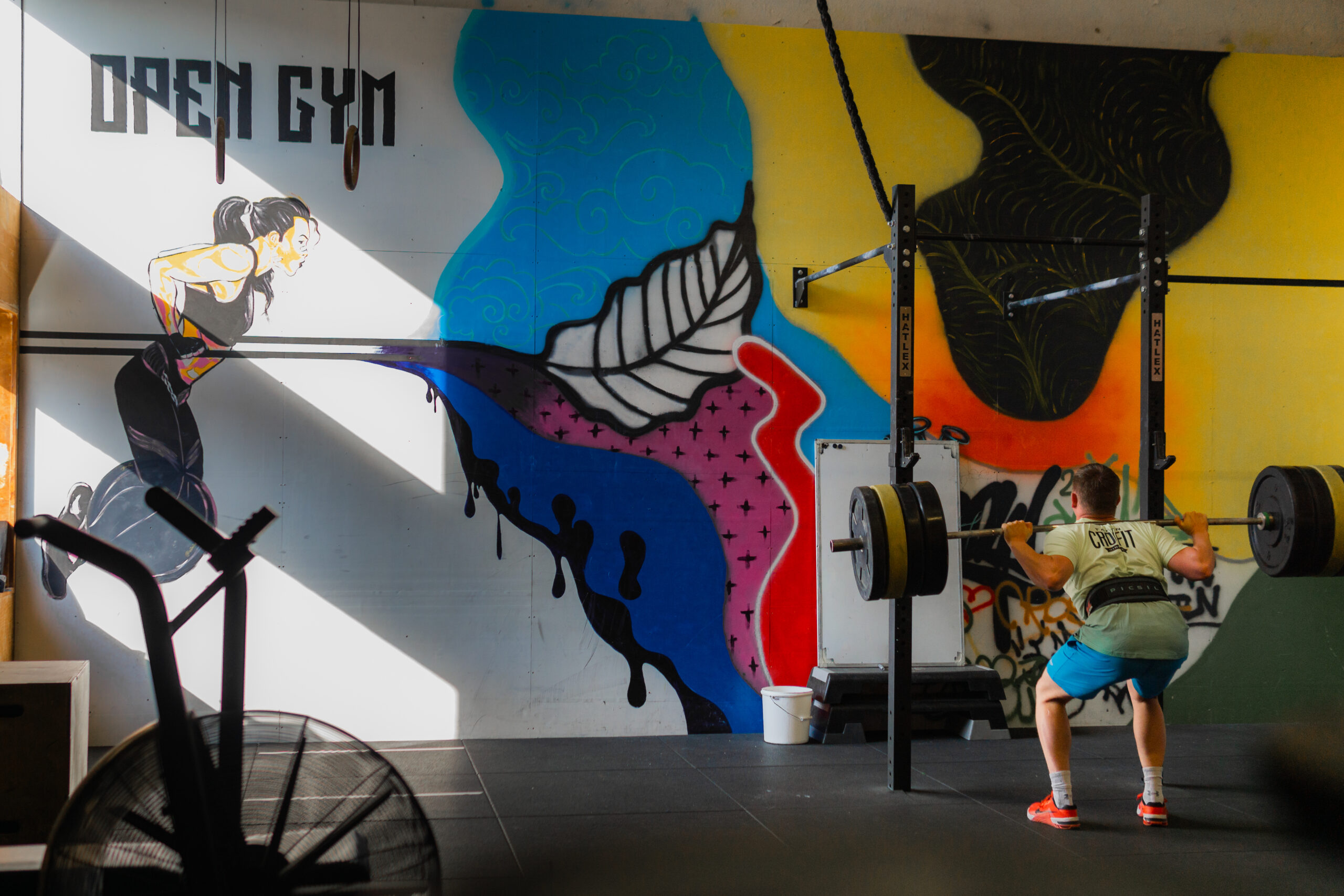
“Who needs to do more strength, who wants to improve mobility, who wants to get better at more technically difficult movements. Anything is possible, but then you have to make choices about when to do it and for how long.”
CrossFit is a community
Although CrossFit has only been around for about 20 years, its popularity has grown steadily over time. The main reasons cited are the variety of workouts and the community.
“When you go to the gym, you get into a routine of trying hard not to do the same workout day after day. There is also a sense of community behind the growth of the area. In the CrossFit gyms, all the trainers know the participants in the classes by name and ability, which allows them to also give better recommendations in group training, especially when it comes to choosing exercises and weights, as well as giving quality feedback,” says Meier, adding that community and excitement has brought CrossFit to where it is today.
There are 6 official CrossFit clubs in Estonia. According to Meier, there are also people who like this training method very much, but do not regularly train in CrossFit clubs due to location or other reasons.
“I would like to hope that we already have about a thousand enthusiasts. In general, they are just ordinary people who want to be in good shape, whatever their age. And it’s also true that the more serious CrossFit fans are characterised by the fact that they are able to put in a super-human effort sometimes, because it’s what they’re used to doing week in, week out. And alongside these ‘crazies’ in a good way, there are CrossFit enthusiasts who train at the clubs every day and take it easy and enjoy the effort in a way that suits them,” says Meier, describing the diversity of the club.
Listen to your body to avoid trauma
If you start to increase the load dramatically and push yourself beyond your limits, any exercise in any sport is potentially dangerous. “Running, weight training or even playing football intensively, without letting your body recover and without watching your diet, is likely to result in injury or overuse trauma.”
This is why it’s important to adequately assess your current form, to move calmly from lighter weights and exercises to harder ones, and to listen to your coach’s feedback and suggestions.
CrossFit is for everyone, but not everyone is fit to do CrossFit
According to Meier, fit is all about the person who walks through the door. If the prior base is good, especially in terms of mobility and skills, there’s no problem starting right away with CrossFit classes, where the trainer will help you tune in each time with the appropriate weight or exercise progression.
“However, it’s safest to start at a leisurely pace and learn the exercises: at Tallinn CrossFit, we do introductory technique classes where we teach all the important movements with bodyweight, kettlebells, dumbbells and barbell. We run the classes every month, so it’s definitely worth coming and taking it to understand the safety and nature of CrossFit,” he says.
However, Meier stresses that a big emphasis in the CrossFit world is on community, which means that communication and respect for others is an integral part of it. For those who are by nature more solitary exercisers and less sociable, this can seem a more difficult task. He also says that coaches should be aware that it is the job of coaches to teach, monitor and give feedback to prevent injuries and improve performance.
“Anyone can come and try CrossFit, because it’s easy – after a couple of sessions people will know whether they like it or not,” says Meier.
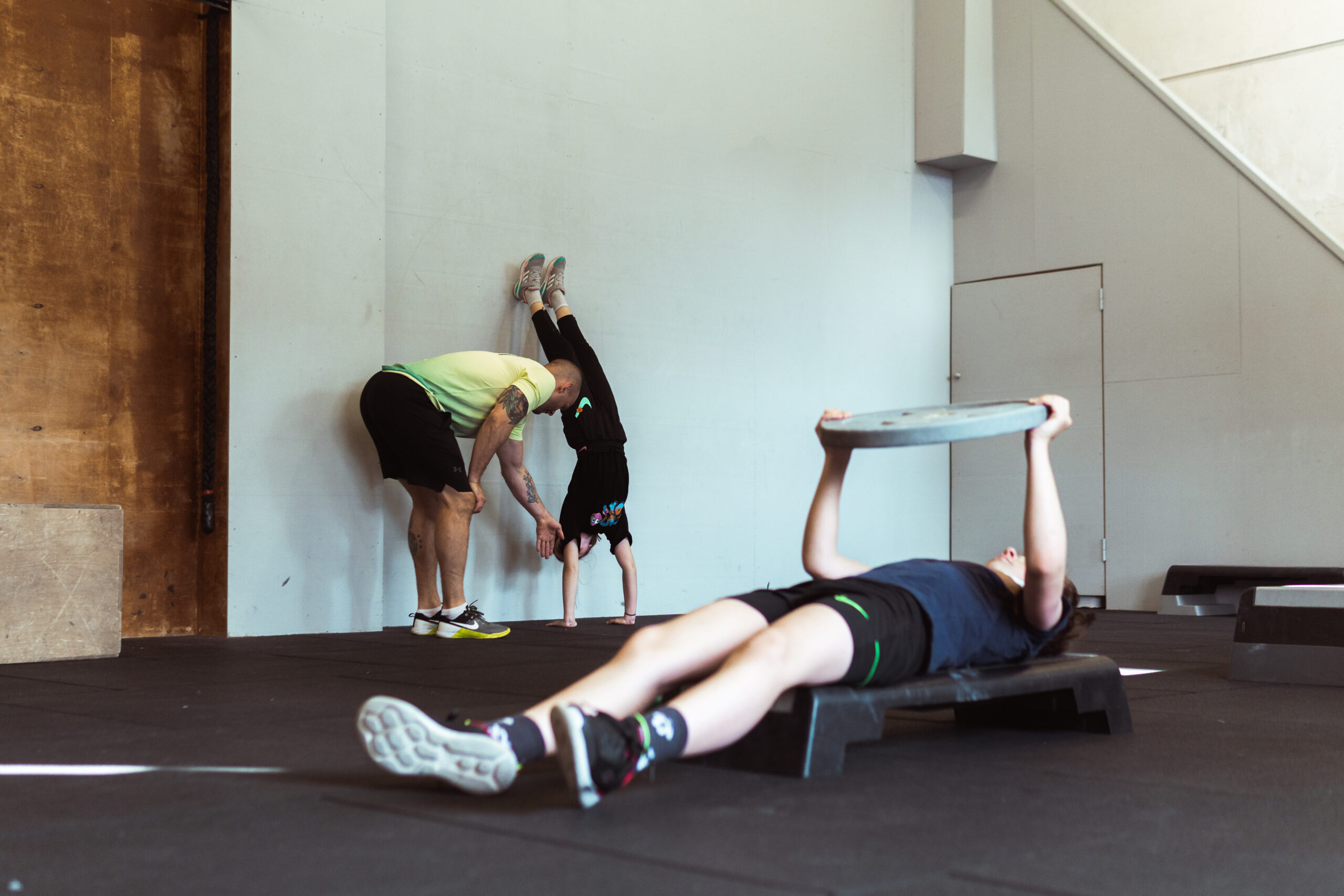
CrossFit is a sport in its own right, but it can also be your second choice.
CrossFit’s workload and schedule should match the person’s own wishes and possibilities. When it comes to improving overall physical fitness, CrossFit is also very well suited to supporting other sports. This is confirmed by Meier, who says that some people have found their way to CrossFit as “another sport”.
“With every training session, the frequency of training depends on your current form, possibilities and goal. There are those who go 1-2 times a week, but there are also those who go 5-6 times a week,” suggests Meier. For beginners, it is recommended to start with twice a week to allow the body to get used to the workload and recover. After that, once the muscles and nervous system have accepted the sport, you can go 3-4 times a week. According to Meier, it is also possible to go 5-6 times a week, as the workouts are structured in such a way that you do not always have to push yourself to the limit when you choose the workout.
“We have very different people training with us, both in terms of level and character. We all get on well together and enjoy each other’s company. Come and try it out for yourself, because your own eye is king and if you don’t have experience, you can’t draw any conclusions,” Meier suggests.
Tallinn CrossFit tickets can be found on Stebby HERE.
“Provides tension for the trainer”
Kristiina Tamm, who has been a lifelong athlete but discovered CrossFit just three years ago, shares her perspective on the sport she continues to praise.
Why do you go there? I go to CrossFit because it combines everything that’s important to me in training: a varied training programme, the social aspect and the overall fun. No workout is repetitive, and it’s always exciting to go to the box because you never know exactly what’s in store for today.
The main and most important reason for me, however, is the fact that training is therapy for me. With the fast pace of life, it’s really a daily hour where I don’t think about everyday life and just ‘sweat out the stress’.
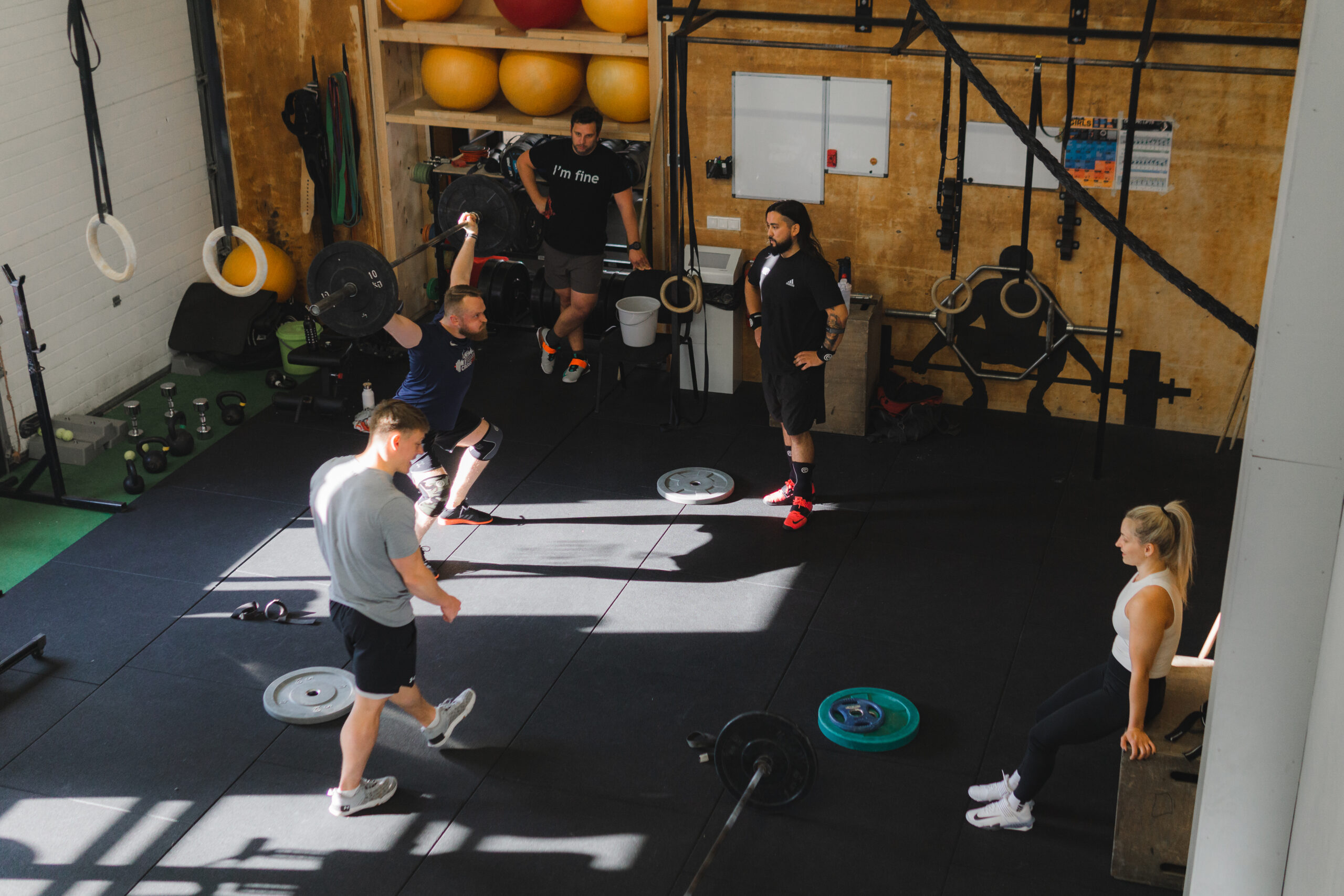
What is the CrossFit community? It’s hard to explain, you have to experience it for yourself. It’s a community of athletic people who live with each other and motivate each other both in and out of the gym. In fact, we are a diverse group of people in terms of age, nationality, profession, etc., but we are united by one thing – the desire to be a little better every day than we were yesterday. CrossFit provides us with the perfect outlet for this.
Favourites and non-favourites. Favourites are, of course, the exercises that I’m good at, the “obscure” ones (burpees, box jumps, wall curls, kettlebell, etc). I have a difficult relationship with very technical weightlifting exercises in general, but that’s where I always want to improve on.
Why and to whom would you recommend CrossFit? I would recommend CrossFit to anyone who is tired of their current workout and is looking for something new. A big plus is that previous training is not so important, as all the programmes can be tailored to your exact ability. Once you’ve tried one workout, everything else seems so boring. I can promise that.
Find your local CrossFit gym on Stebby HERE.
Discover over 8500 opportunities of challenge, adventure and recovery HERE.


